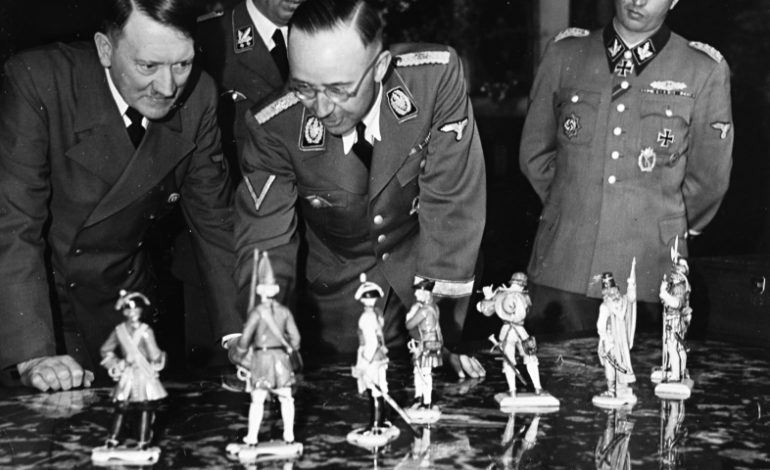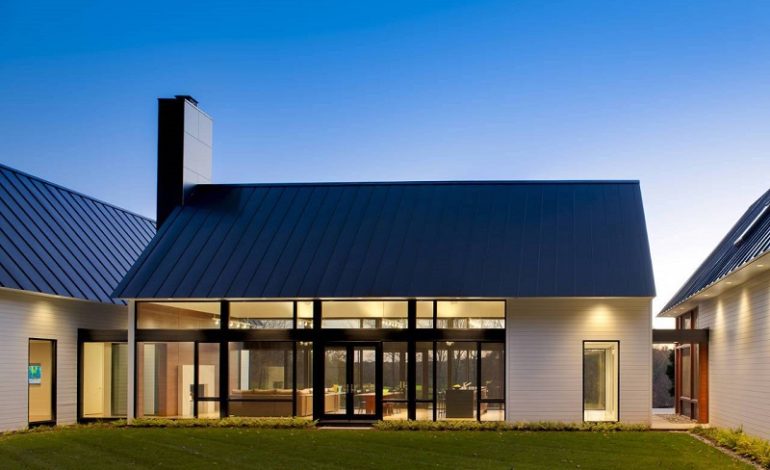
Controversial Nazi Sculptures to be Displayed at Spandau Citadel after Decades in Obscurity
The Spandau Citadel in Berlin will once again showcase the infamous “Striding Horses” sculptures, originally crafted by Nazi artist Josef Thorak for Adolf Hitler’s New Reich Chancellery. This unveiling marks the first public display of the second horse, which has undergone extensive restoration by experts, joining its companion already exhibited in the citadel.
On September 10, 2023, as part of the Day of the Open Monument, the museum plans to permanently present the second “Striding Horse,” alongside other historically problematic artworks. These colossal twin sculptures, commissioned during Hitler’s reign to transform Berlin into the envisioned capital of “Germania,” adorned the garden of the Nazi seat of government from 1939 to 1943.
Josef Thorak, born on February 7, 1889, in Vienna, was an artist renowned for monumental sculptures. He studied at the Vienna Art Academy before moving to the Berlin Art Academy in 1915. Thorak’s artistic style garnered him numerous government commissions, including the creation of the imposing 4-meter-tall gable figure for the Reichsbank building in Buer, Germany.
By the late 1930s, Thorak had become one of the favored sculptors of the Nazi regime, tasked with producing propaganda artworks that exalted the perceived strength and glory of the Nazi ideology. While Jewish and modern artists suffered persecution under Hitler’s regime, with their artwork labeled “degenerate,” Thorak thrived. He even divorced his Jewish wife and secured a prestigious position at the Munich Academy of Fine Arts. Thorak continued his career unhindered until his death in 1952.
The reemergence of the “Striding Horses” sculptures came about in 2015 after a dramatic raid on an underground art trading ring in Germany. Police recovered these sculptures, along with works by other favored artists of Hitler, namely Fritz Klimsch and Arno Breker. The intention behind the theft was likely to sell the artworks on the black market, as Nazi art remains stigmatized and unsuitable for official trade. Nonetheless, private collectors in Germany, the United States, and Russia have shown an interest in such pieces.
The decision to display Nazi sculptures at the Spandau Citadel serves to shed light on how past state powers sought to shape the Berlin cityscape through commissioned monuments. The collection at the citadel spans from 1849 to 1986, encompassing the German Reich, the Weimar Republic, Nazi Germany, and East Germany.
Labeling these sculptures as “testimonies to German history,” the museum acknowledges their importance as symbols of the nation’s past. While the characterization of the sculptures as “important” may provoke debate, the museum’s aim is to transform itself into a center for studying “toxic” monuments. The federal government has also supported the acquisition of the “Striding Horses.”
Previous displays of Nazi art have triggered vehement protests. The Pinakothek in Munich faced criticism last year for exhibiting a painting by Adolf Ziegler, another Nazi artist. Prominent artist Georg Baselitz called for its removal, expressing his outrage at the juxtaposition of persecuted artists’ works alongside those responsible for their persecution.
Numerous Nazi propaganda sculptures still adorn public spaces, including Berlin’s Olympic Stadium, built for the 1936 Olympics under Nazi rule. Calls for the removal of these statues prior to the 2006 World Cup were met with refusal from the city, citing a need to confront and acknowledge Germany’s historical past.


